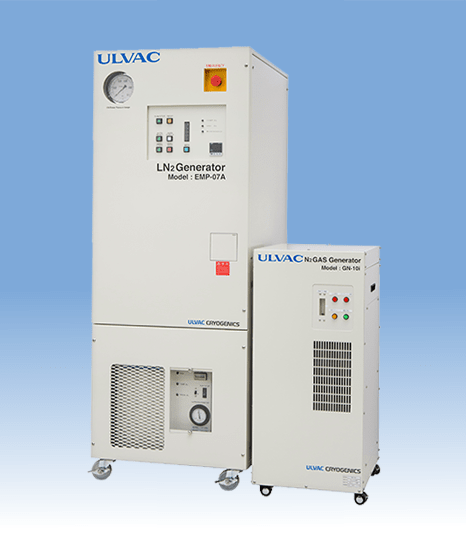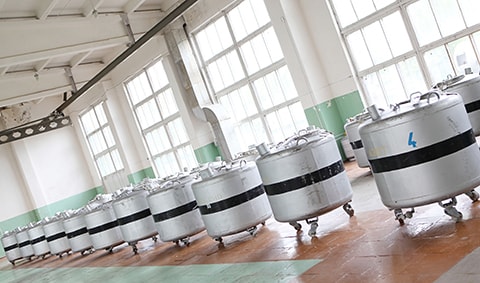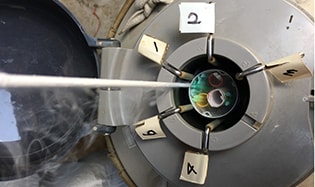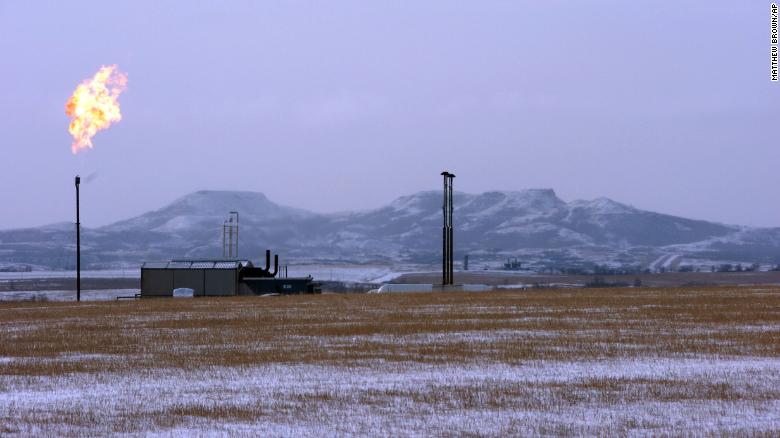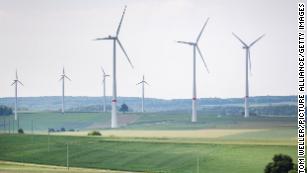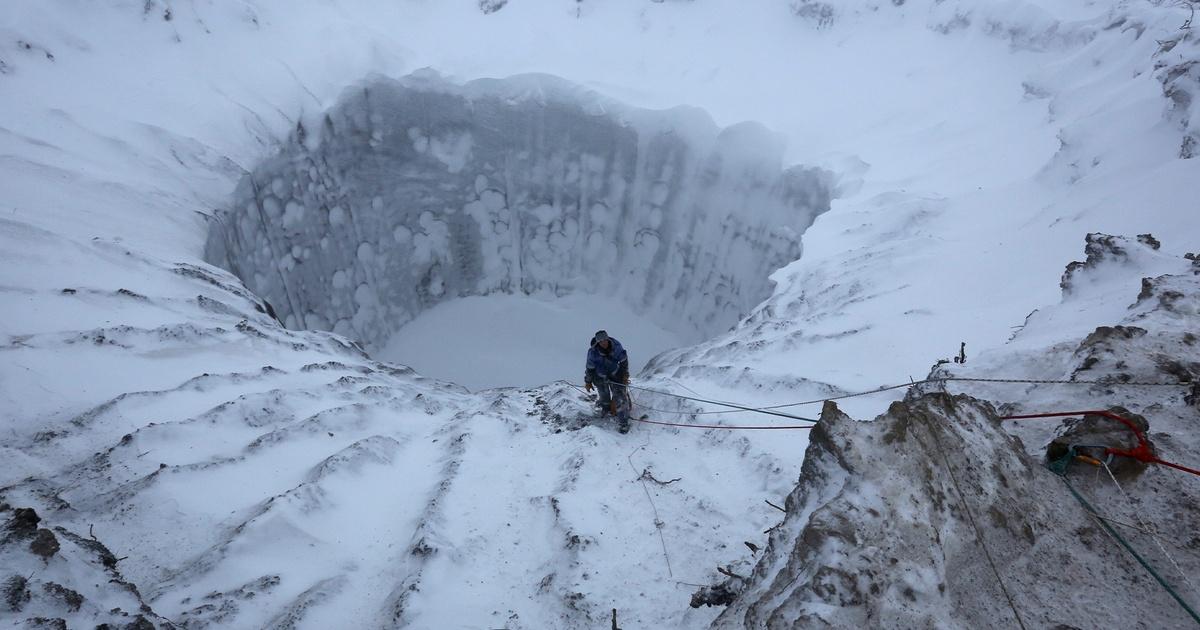Grumblenuts
Gold Member
- Oct 16, 2017
- 15,427
- 5,223
- 210
Seriously,.. this is useful info {from Journal of Engineering Science and Technology April 2016, Vol. 11(4)}:
Energy storage can be categorised in terms of their form in which they store energy. Electrical energy storage includes electrostatic energy storage which are capacitors and supercapacitors and magnetic or current energy storage which includes superconducting magnetic energy storage. Mechanical energy storage stores energy in the form of kinetic energy and potential energy using flywheel and pumped hydro storage and compressed air energy storage respectively. Chemical energy storage systems storage energy in the form of electrochemical energy, such as batteries; chemical energy, eg: fuel cells; and thermochemical energy storage, eg: solar metal, solar hydrogen. Thermal energy storage stores energy in the form of low temperature energy storage and high temperature energy storage. Examples of low temperature energy storage include aquiferous cold energy storage and cryogenic energy storage. Examples of high temperature energy storage include sensible heat systems such as steam or hot water accumulators, and latent heat systems such as phase change materials [5].
Cryogenically liquefied air functions as an energy management energy storage system and is a form of thermal energy storage. A study carried out by Li et al. compared the use of hydrogen, a chemical energy storage system, with cryogen energy storage systems, which includes liquefied air; to store oceanic energy. The research studied the two forms in terms of efficiency of production, storage and transportation as well as energy extraction. The study showed that cryogens have a better potential to be an energy carried compared to hydrogen as it has few technical challenges to overcome and can be combined easily with renewable energies, is environmentally friendly and sustainable [7].
Cryogenically liquefied air is a cryogen and according to the second law of thermodynamics, the high grade cold energy stored in cryogens is a more valuable energy source than heat [8]. Cryogens store energy in the form of sensible and latent heat. Even though the specific heat and phase change heat of cryogens and heat storage material is in approximately the same magnitude, cryogens have higher exergy density, making it a better thermal energy storage medium.
3. Liquefied Air
Air consists of approximately 78% nitrogen and 21% oxygen, and thus has similar thermodynamics properties as nitrogen gas. Liquefied air is produced cryogenically, at -196°C, which is the boiling point of nitrogen; at atmospheric pressure. Liquefying air reduces the volume of air by 700 times. According to the Centre for Low Carbon Futures, liquid air has the potential of being an effective energy vector. Liquid air has been identified as a cheap, abundant and safe energy vector to store such energy [9].
Air can be liquefied when renewable energy produced is greater than the grid demand; this allows energy to be stored in the form of liquid air instead of being wasted. Liquefaction of air can also be carried out when the energy demand from the grid is low, eg. Off-peak hours (at night or at wee hours of the morning); so it makes use of cheaper electricity tariffs to liquefy air.
Liquefied air can be stored in insulated vessels at low pressures and/or be transported to be used when and where required [5]. The liquefied air can then be regasified where and when excess energy is required. The expansion of liquid air can be used to run turbines which generate electrical energy from mechanical energy; it can also be used indirectly in Rankine or Brayton cycles as described in Section 5.
